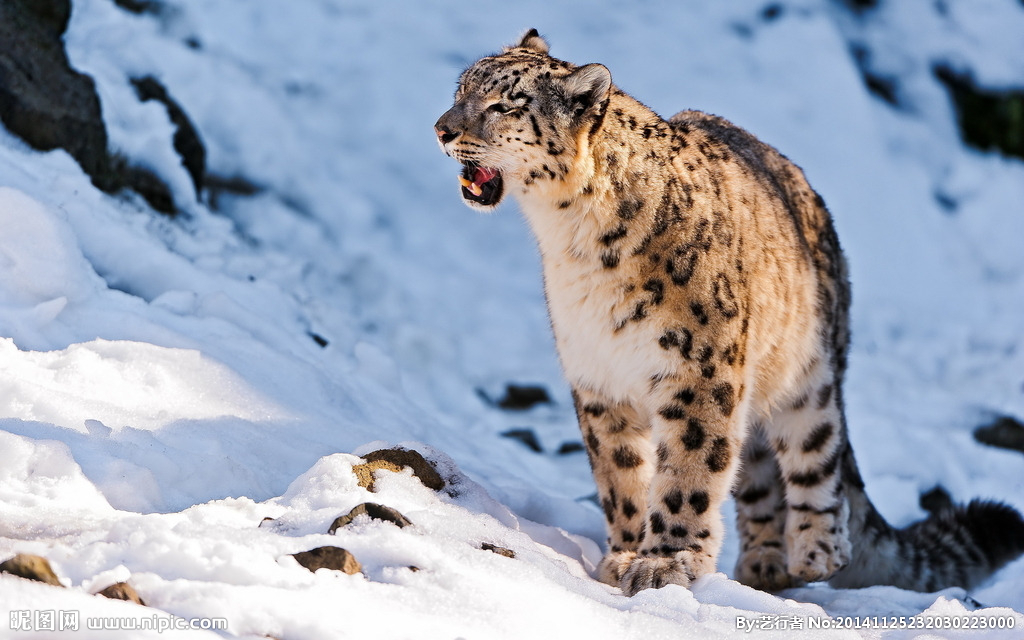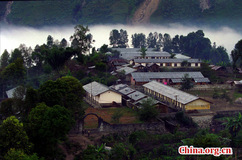Mt. Qomolangma: ecological environment getting better
The ecological environment on the Chinese side of the world's tallest mountain, Mt. Qomolongma, is close to the natural state. The effect of human activity releasing pollutants into the atmosphere is very small; the air quality is good, and the ecological environment continues to improve.
Wang Zhongyan, deputy site leader of the Qomolangma Atmosphere and Environment Integrated Observation and Research Station of the Chinese Academy of Sciences, said that long-term monitoring data showed that the water and air in the Qomolangma region do not suffer from being polluted. The ecological environment continues to get better, which is consistent with the ecological environment of the Tibetan Plateau.
According to reports, due to the strict implementation of environmental protection policies in recent years, coupled with less human activity, the ecological environment of the Qomolangma region continues to improve, and the environmental quality is good. In 2014, the annual “Tibet Autonomous Region State of the Environment Bulletin” showed that the Qomolangma region continues to maintain a good air quality, reaching category A of China’s environment and air quality standards.
Puchong, an official with the Mt. Qomolangma National Nature Reserve Administration Bureau said that populations of rare animals continue to rise and continue to promote biodiversity. The number of endemic taer sheep in the Mt. Qomolangma region is rising, which is evident by the number of snow leopards that repeatedly venture into the villages. The number of types of highland plants within and outside the nature reserve is 200 more than 20 years ago, and the wetland habitat area for black-necked cranes has been expanded.
The once-extinct black-necked cranes reappeared at the Pengqu River in the Mt. Qomolangma Nature Reserve. More and more long-tailed leaf monkeys, taer sheep, Tibetan wild donkeys, snow leopards, and other rare animals are thriving in the protected areas.
Puchong said that the Mt. Qomolangma Nature Reserve has consistently implemented strict environmental protection standards, such that even reconstruction on a small village road needs strict examination for approval. In addition to the Mt. Qomolangma Nature Reserve Administration Bureau, there are also many departments that participate in Qomolangma environmental protection: Tingri County is responsible for trash cleanup work on the roads to Mt. Qomolangma; during the peak climbing season, the Mountaineering Department organizes personnel to clean trash left behind at high altitude areas.
Mt. Qomolangma is located in the Himalayan mountain region on the border between China and Nepal. It is perpetually covered in snow and is the highest mountain in the world. The Qinghai-Tibet Plateau, which includes Mt. Qomolangma, has a significant impact on the climate, environment, and ecology of East Asia, South Asia, and even the whole Northern Hemisphere.
Your Comment
Name E-mailRelated News
-
;
-
-

-
Five arrested for killing rare snow leopards in NW China
Police in northwest China have arrested five suspects involved in poaching endangered wild animals, including two snow leopards.
-
-
-

-
Metok County in China's Tibet
Metok county in Southwest China's Tibet autonomous region used to be known as the last county which didn't have road access in China.
-
Based in Lhasa, Tibet Vista is a Tibet travel agency that specialized in Tibet permit, and Tibet tours for both private and group travelers at a local price!
•4 Days Lhasa City Group Tour from USD 460 •8 Days Everest Base Camp Group Tour from USD 850 •15 Days Mt.Kailash Group Tour from USD 1780 •2016 Tibet Train Tours from Beijing, Shanghai, Chengdu, Xining,etc










